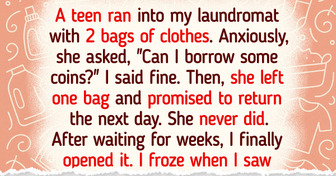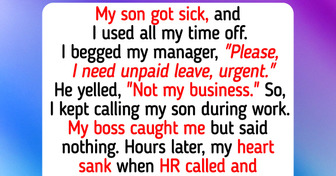I Refuse to Keep Supporting My Adult Stepkids, I’m Only Family When They Need Something

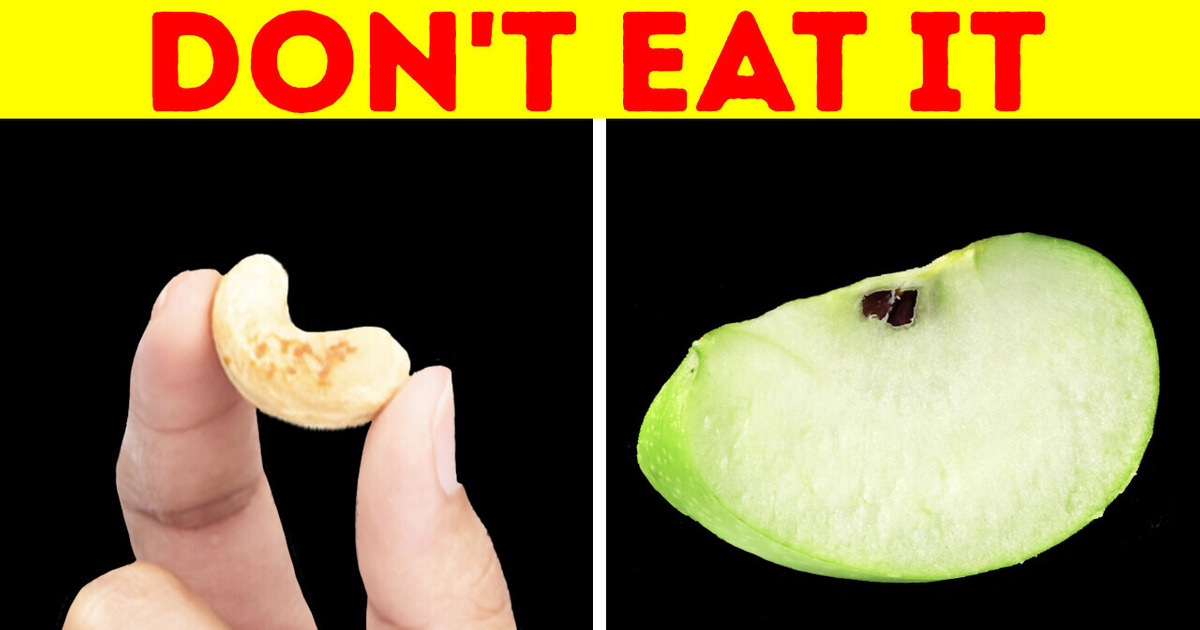
There’s a dangerous dish that can poison you when prepared incorrectly. Everyday food, like honey and cashew, can be harmful, too, in certain conditions. You should know these facts before you eat some products.
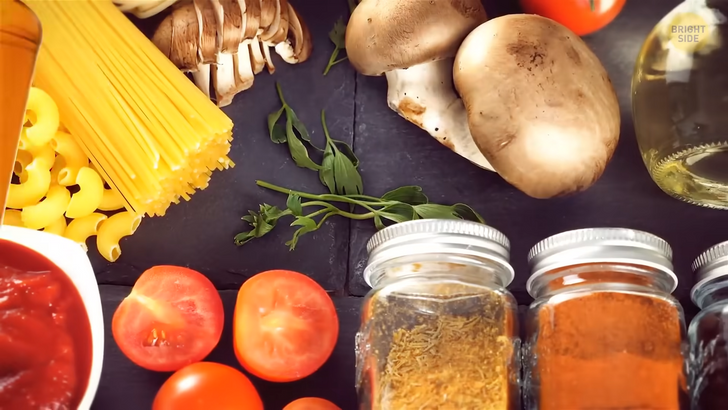
Have you ever chewed the seeds when eating an apple? Then you know that unpleasant taste the seeds have. That’s because of cyanide. Don’t be alarmed yet. The seeds have a protective cloak covering them. That’s why cyanide doesn’t enter your system if you accidentally swallow the seeds. Better be cautious, though. Even small doses of cyanide can result in rapid breathing and more extreme and unpleasant results.
Another danger lurking in your kitchen is potatoes — the ones with sprouts and green spots. Cutting off the green parts or sprouts solves the problem only visibly. The toxic substance called glycoalkaloid may have already spread through the whole potato. This substance turns some parts of a potato green for a reason. It’s a sign for you. Eating this kind of potatoes can cause nausea, headaches, and other consequences.
Are you a bubble tea fan? Then maybe you’re familiar with “Cassava,” aka “tapioca.” This is a root veggie, and it’s cultivated in South America. It’s also often used to make cakes and chips. It can be either sweet or bitter.
It’s common for root and tuber varieties of cassava to contain toxins. Tapioca must be prepared properly before you consume it. If it’s served incorrectly or eaten raw, the consequences are pretty serious. But when it’s processed correctly, it’s delicious and safe to eat.
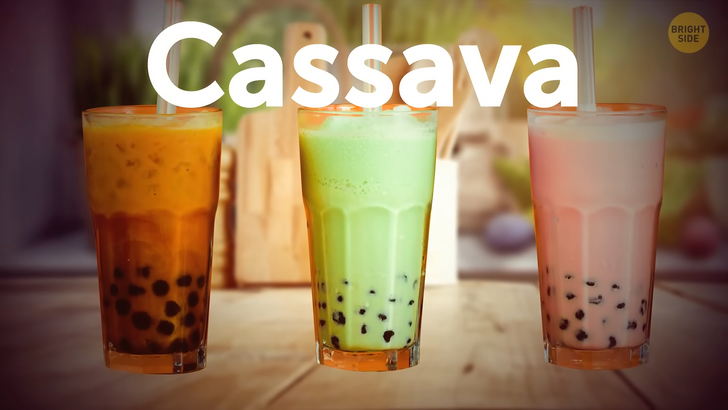
Elderberries are known as a supplement to boost your immune system and help your body fight a cold or the flu. This medicinal plant needs to be handled and prepared with care, too. If you eat unripe berries, they can do more harm than good. Here comes lectin and cyanide; these chemicals can cause stomach problems, for instance.
This one makes me sad more than any other thing on the list, and this list includes lots of healthy products. Anyway, here I spell it out loud: popcorn. There are many studies saying that microwave popcorn is harmful to you. First, you consume the chemicals used in packaging. There are also flavoring additives that aren’t healthy.
Now, remember that moment when you open the bag, and hot popcorn-smelling air goes up into your nose? It can lead to irreversible lung damage. For instance, there’s a diagnosis named “popcorn lung.” A chemical used to provide microwave popcorn with its buttery flavor is related to that diagnosis. What can you do? Choose other packaging options or invest in an air popper. Air-popped popcorn has only 90 calories and less than 1 gram of fat. Yay!
Number 6 is honey. “Honey is a sweet liquid made by...” I’m joking, but do you know that natural honey is dangerous to eat if the amount is more than a teaspoon? It has a toxin with a hard-to-pronounce name [Pyrrolizidine alkaloids]. To get rid of this toxin, honey has to go through a pasteurization process.
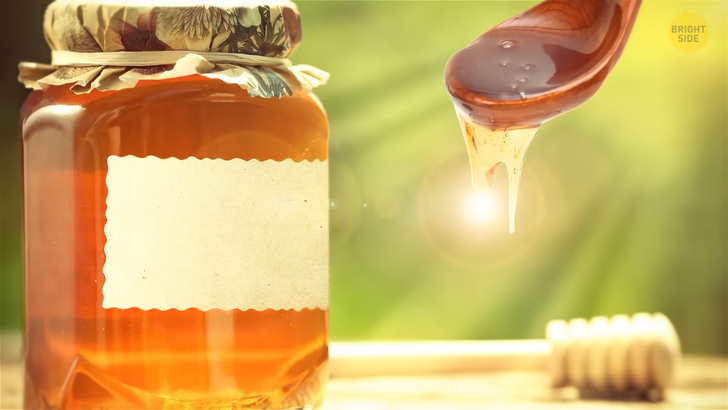
Let’s move on to cherry pits. If you don’t chew or crunch them, you’ll probably be fine. Yet, keep in mind that these pits contain prussic acid, and this stuff is poisonous.
What about ackee fruit? It’s the national fruit of Jamaica. It turns out unripe ackee contains a poison called hypoglycin. Ackee fruit must be fully ripe if you want to eat it. In other words, this fruit should open up by itself. Once it’s ready to be picked up, it’ll get split wide open. No to the highly toxic pink flesh or black seeds, and yes to the delicious creamy pulp near the seeds. Eating this fruit incorrectly can cause “Jamaican Stomach Sickness.”
“Fugu” is the Japanese word for pufferfish and the dish prepared from it. What’s interesting about this dish is that it can be the last dish in your life if you don’t prepare it properly. This fish contains a very powerful toxin that’s very dangerous to humans. A single fish has enough poison to harm 30 people. Because of this, Japanese chefs undergo years of training to get a special license. Despite all precautions and preparations, fugu still sometimes becomes the last meal for some people. Would you take that risk?
Perfect siders — cashews. They can also be very risky to eat when they’re raw. You probably get cashews from stores with “raw cashew” labels, but they aren’t 100% raw. Before they find their spots on the shelves, they’re processed with steam to remove a toxin called urushiol. Cashew shells contain this toxin. What would happen to you if you ate these nuts raw? A dangerous allergic reaction if you have a tendency to allergies. This depends on your sensitivity to poison ivy.

Speaking of raw food, raw red kidney beans are risky, too. They contain a toxin called lectin. This one can give you stomach aches and other digestion-related issues as a bonus. All you need is to swallow 4-5 raw beans to experience these side effects. Red beans are rich in plant-based protein, essential vitamins, and minerals.
Cook them correctly to enjoy these goodies. For this, keep dried red beans on the stove for at least 10 minutes. Boiling them for a shorter time and at a low temperature can actually increase their toxicity. Beans can become even more toxic than they are if consumed raw. So yeah, a minimum of 10 minutes and high temperatures...
Eating too many untreated bitter almonds can cause many unpleasant symptoms and health issues.
Rhubarb leaves are a bit tricky too. You can eat the stalk, but don’t munch on the leaves. The leaves contain oxalic acid, which ties to calcium. This makes it harder for the body to absorb the needed amount of calcium.
Mushrooms... For plenty of people, pizza and pasta wouldn’t be so great without mushrooms. We all know that mushrooms are kinda unpredictable — especially if they grow wild. Here are two of the most dangerous ones: the death cap [Amanita phalloides] and the destroying angel [Amanita virosa].
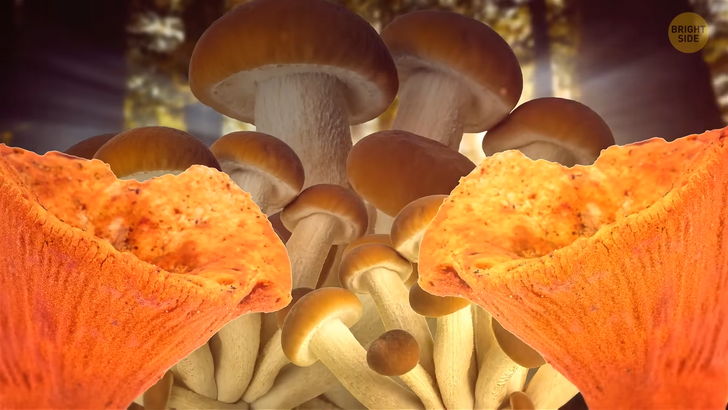
Starfruit is a risky choice for people with sensitive kidneys. If you’re one of them, you might want to keep this fruit out of your meals. Regularly functioning kidneys can filter out the toxins starfruit contains. Otherwise, the toxin will hang around and cause some problems there.
The next product on the list is nutmeg. If you find that nutty flavor super nice, like me, hear me out before adding it everywhere. Small amounts of nutmeg are fine and healthy, but if you, let’s say, eat spoonfuls of nutmeg, it can cause problems. Even with 2 teaspoons... knock knock, you get poisoned.
Canned tuna can be a lifesaver. It’s not pricey; it’s a good source of protein, and with its help, you can prepare a delicious meal quickly. No cooking — just lettuce, bread, and a few more ingredients. There you go. How about 3 to 5 times a week?...
And you might experience a side effect called mercury poisoning. Now, this is related to how much and what type of food you consume. Canned tuna contains mercury, and that’s why eating too much of it can lead to mercury poisoning.
Medical advisors say that every kind of fish has some level of mercury, but that level differs from one species to another. For example, canned tuna has relatively high levels of mercury. Obviously, seafood is a great source of omega-3 and other things that are essential to our brain and good health. To stay safe, experts advise people to choose low-mercury seafood.

Here’s an interesting fact related to this. To get the most omega-3 fats from your canned tuna, choose water-packed fish instead of oil-packed. In oil-packed cans, the oil mixes with some of the tuna’s natural fat.
You open the can and drain the oil, and some of the fish’s omega-3 fatty acids also get drained. But water and oil don’t mix. Water-packed tuna won’t lose its omega-3 fats. You can add some oil and dressing after you open the can.








